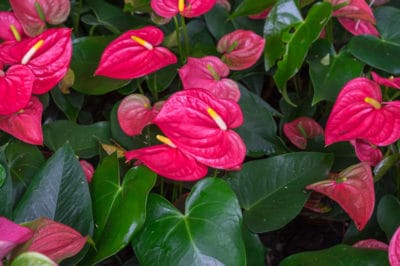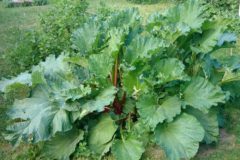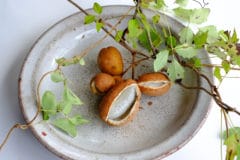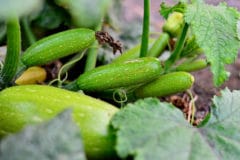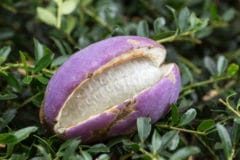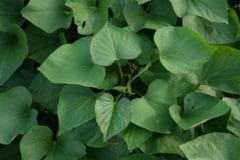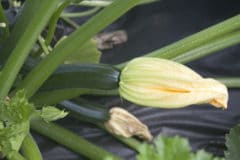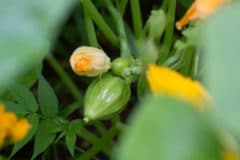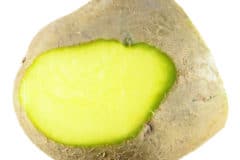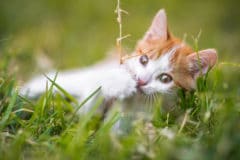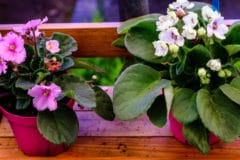About Calcium Oxylate
Calcium oxylate is a salt composed of oxalic acid (carbon, hydrogen and oxygen) and calcium. It is the major component of kidney stones and can also create scale-like deposits in vats, barrels and containers used to brew beer (beerstone). The compound is an irritant that can cause swelling of mucous membranes and temporarily prevent speech. It may also be irritating if applied directly to the skin.
Plants and Calcium Oxylate
Quite a number of plants contain calcium oxylate. In edible plants it is often broken down by cooking. Plants that contain calcium oxylate or oxalic acid include:
- Diffenbachia (dumb cane)
- Rhubarb leaves
- Spices like cinnamon and turmeric
- Oxalis (wood sorrel)
- Agaves
- Parthenocissus quinquefolia (Virginia creeper)
- Spinach, beet leaves and chard
Anthurium and Household Pets
Anthurium can certainly be irritating to a cat or dog that eats it and in large amounts is poisonous. Since it’s bitter, few animals do more than taste. However, even fairly small amounts can cause oral irritation, with drooling, difficulty swallowing, and swelling of the tongue and mucous membranes. Some animals will vomit and a few may have trouble breathing.
Anthurium and Humans
Like animals, people can react to anthurium. The calcium oxylate crystals can cause severe itching and burning if you get the sap on your skin. Should you try to eat part of the plant, you can develop the same symptoms as an animal. Blistering of the skin and mucous membranes, hoarseness and difficulty swallowing are common. In a few people, enzymes in the sap can cause fatal reactions.
Treatment of Anthurium Poisoning
If an animal shows signs of anthurium poisoning, immediately take it to the veterinarian. While few animals eat enough to cause problems because of the bitter taste, the possibility of breathing difficulties means immediate treatment is necessary. For people, as long as there are no signs of breathing problems, doctors usually recommend drinking plenty of water or juice and washing affected skin with soap and water.
Growing Anthurium
If you don’t have animals and want to grow anthurium, give it bright, indirect light but not full sun. It likes a freely draining soil. Water only when soil is dry to the touch. Fertilize with a high-phosphorus liquid fertilizer diluted with three parts water. Feed plants every three or four months. If you live in USDA Zones 10 or higher, you can grow anthurium outdoors in dappled shade.
